Many people in Japan sleep on mattresses, not beds.
Many Japanese people sleep on futon beds — thick cotton mattresses. Futons are laid right on the floor overnight and then get removed and put in a closet in the morning. It allows them to save space in the room. Most Japanese apartments are very compact, and there is simply nowhere to put a bed or a couch.
Some hotels in Japan also use futons instead of beds.
Some people sleep with a bamboo wife or with a special pillow.
A human-sized, hollow bamboo tube, or “a bamboo wife,” is very popular with East Asians. They use it as a pillow because hugging a real pillow at night is not very comfortable or pleasant in the climate of these countries, which are hot and humid.
The Japanese don’t have entryways — instead, they have genkan.
Genkan is the zone near the front door where the Japanese remove and leave their shoes. It is separated from the main hall or the main room with a doorstep that doesn’t let dirt and dust get into the house.
Omelet in Japan is cooked in a special rectangular frying pan.
Rolled omelets are extremely popular in Japan. They are cooked in a special rectangular pan (not in the round one that we are used to), which makes rolls even and neat. This type of pan is called Makiyakinabe or Tamagoyaki.
There is a secret place in almost every Japanese kitchen.
In their kitchens, many Japanese have an extra space for storing food, bottles, or utensils. It is built right into the floor.
Not only do washing machines wash clothes here, but they also dry them.
Washing machines with built-in dryers are quite popular in Japan. However, foreigners point out that this is not actually convenient because even if you set the drying mode for several hours, the clothes will still be slightly damp in the end.
There is a solution to this issue — a built-in fan in the bathroom.
You can often see miniature sinks on toilet bowls in this country.
The mechanism is quite simple — when you flush the toilet, water from the faucet comes to the sink so that you can wash your hands and then goes into the toilet bowl. This setup helps save a little bit of money on water bills.
Japanese bathrooms are a bit different than ours. Bathtubs sometimes don’t have taps.
The culture of taking a bath in Japan is totally different from the rest of the world. First, you need to take a shower and wash your body well. Only after doing this, can you dip your body into the bathtub. If the plumbing is new, then, as a rule, it’s controlled with the help of a special panel. You don’t need to rotate the tap and adjust the water temperature — all you need to do is turn on the panel and indicate the necessary temperature on it. The water will come through a special drain.
Using the same electronic system, it is possible to redirect used water to the washing machine or to the kitchen sink. Since Japanese people wash before taking a bath, the water after bath procedures remains clean and suitable for second-time use.
Some Japanese use special poles for closets and cabinets.
These poles have an adhesive base: they are glued to the closet or cabinet on one side, and to the ceiling on the other. For cabinets that are significantly lower than the ceiling (like a fridge, for example), they use special sticky pads that are glued on the legs on one side and to the floor on the other side. The reason for this is quite simple: if an earthquake takes place, poles won’t let the furniture fall.
Japanese kitchens often lack an oven.
Not every Japanese kitchen has the full-size ovens that we are used to. Instead, locals use microwave ovens that have all the necessary functions built into them. Also, many kitchens have a small oven for cooking fish under the stove.
Many people use water heaters instead of kettles.
You might find a small water heater instead of a kettle in many Japanese kitchens. It is used to make tea, coffee, and brew noodles. It has a big advantage over an ordinary kettle — you can set the temperature lower than boiling temperature if you don’t need boiling water.
One of the main things everyone has at home here are humidity absorbers.
The climate in Japan is very humid which is why locals actively fight mold in the summers. They use airing and humidity absorbers as main preventive measures. The latter are usually put into closets and storage rooms. You can buy these things at any local pharmacy or in a home appliance store.

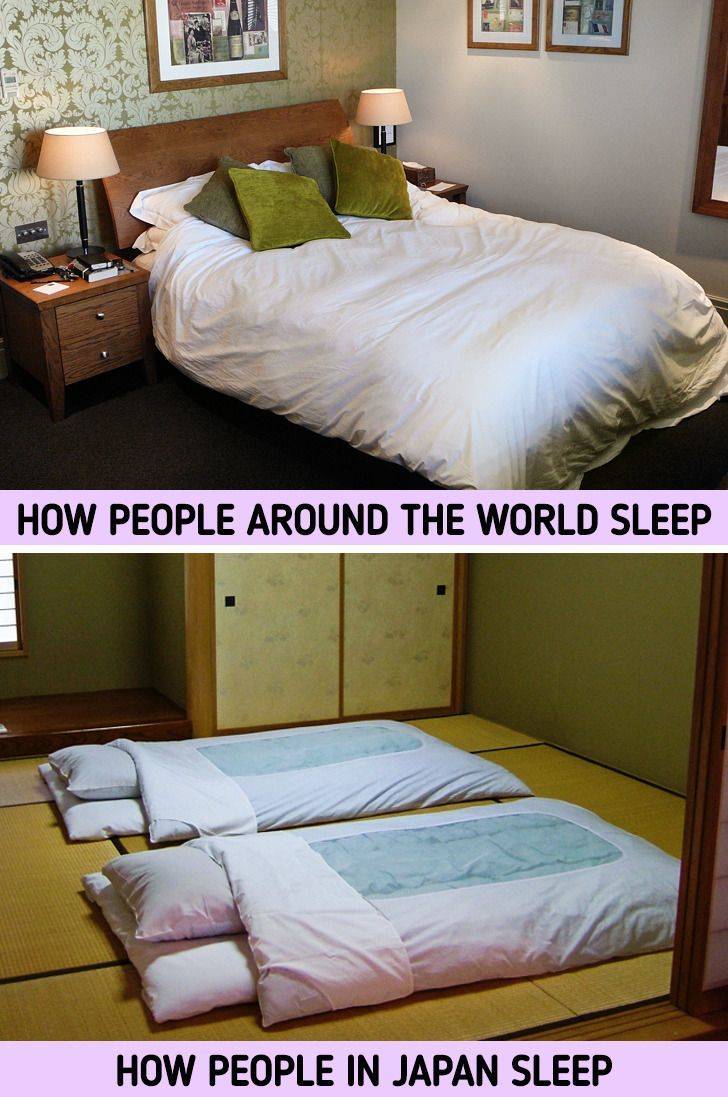


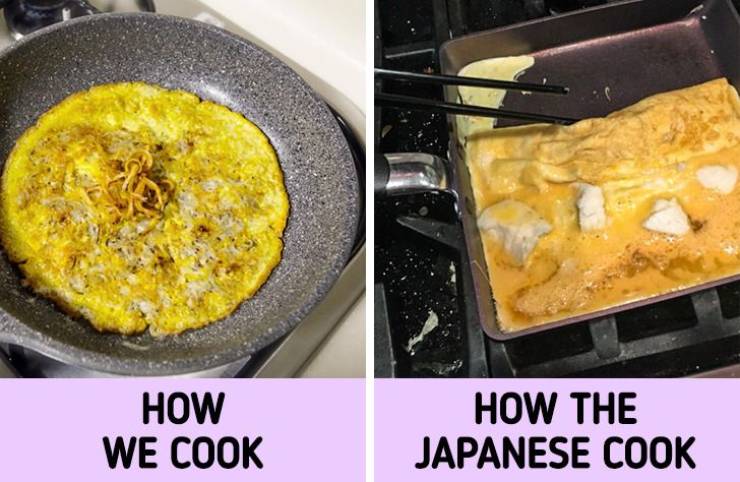
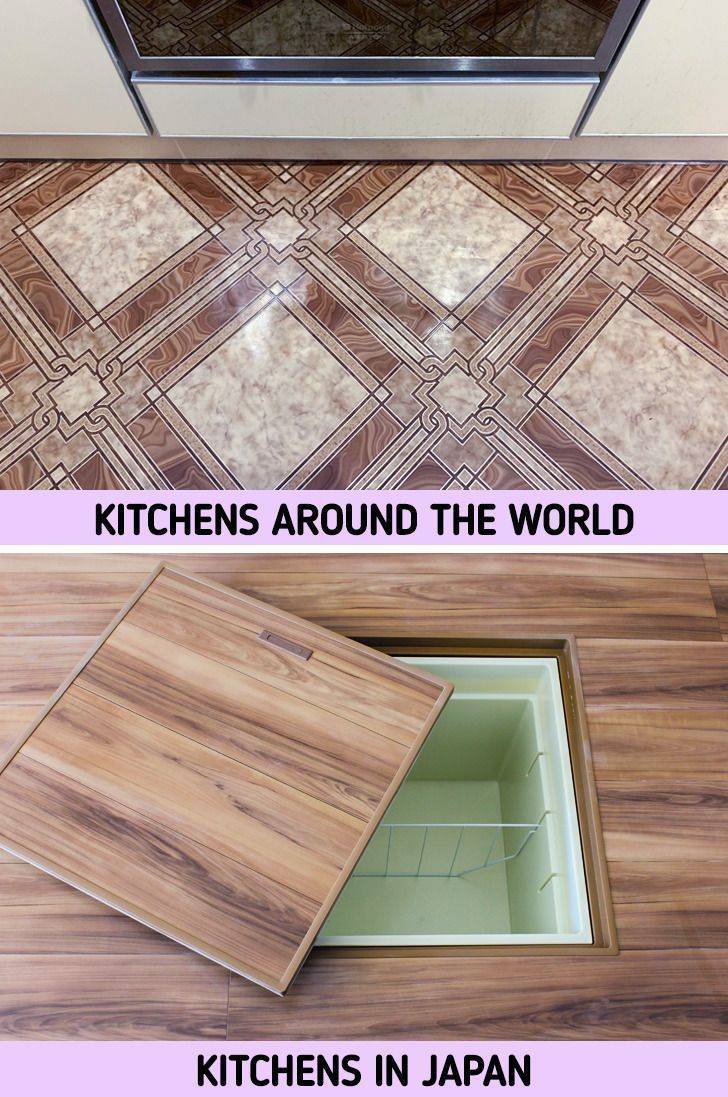
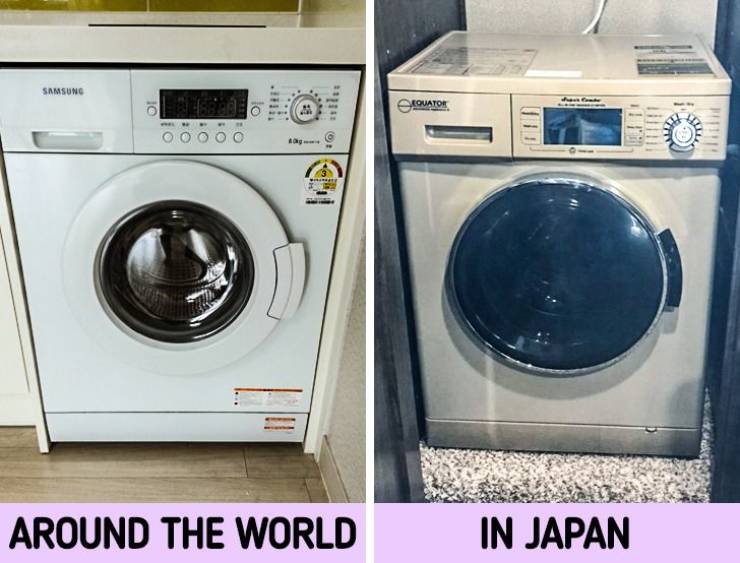

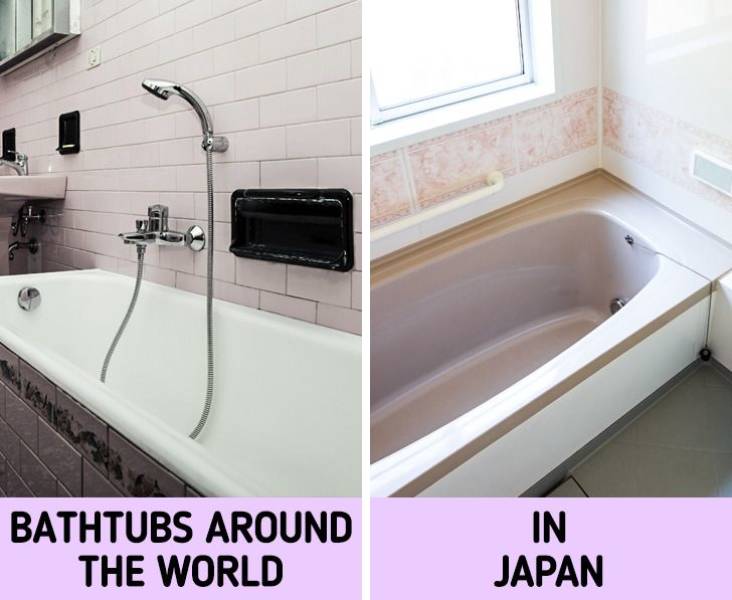
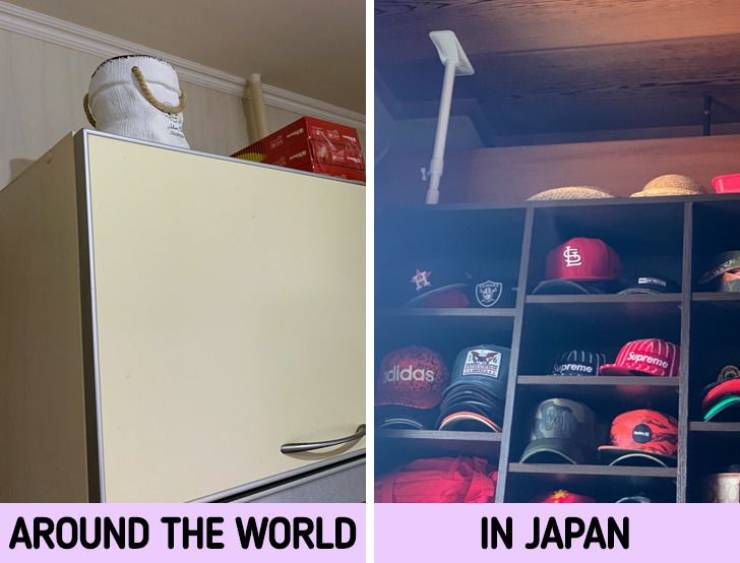
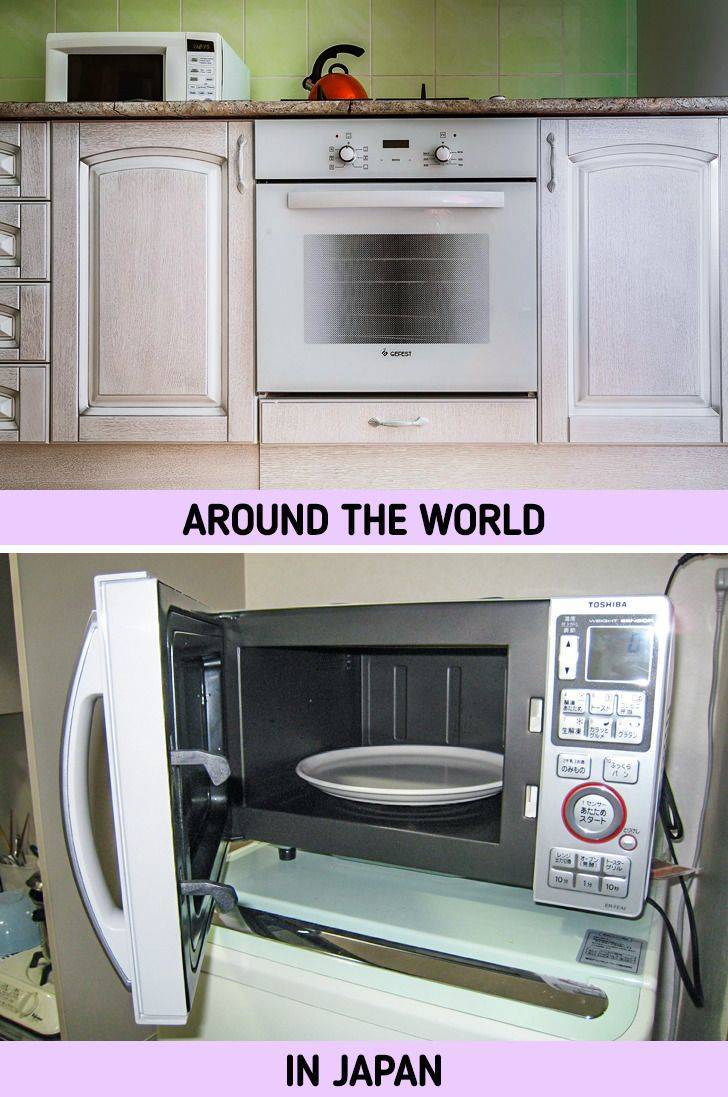
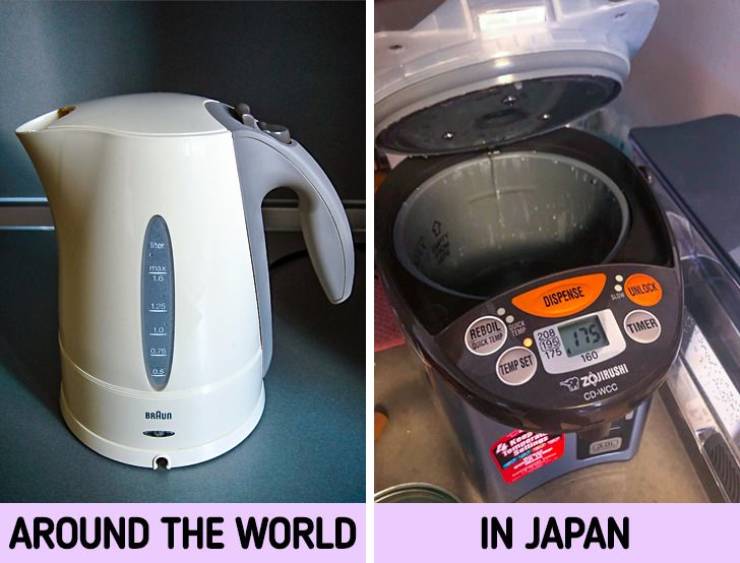
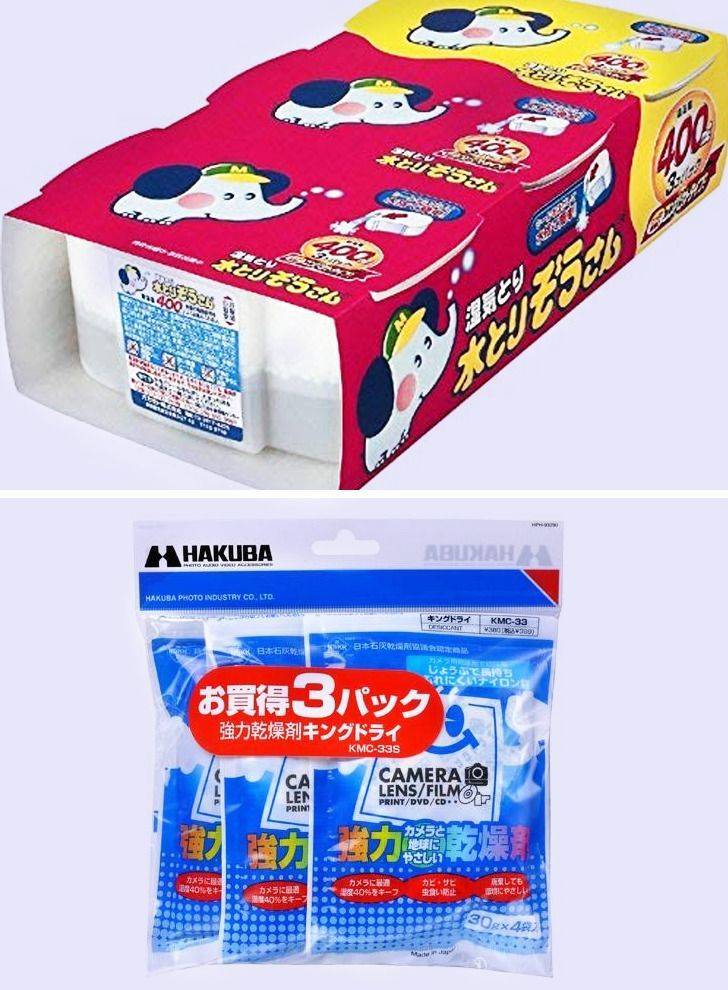

They realy know how to sex..